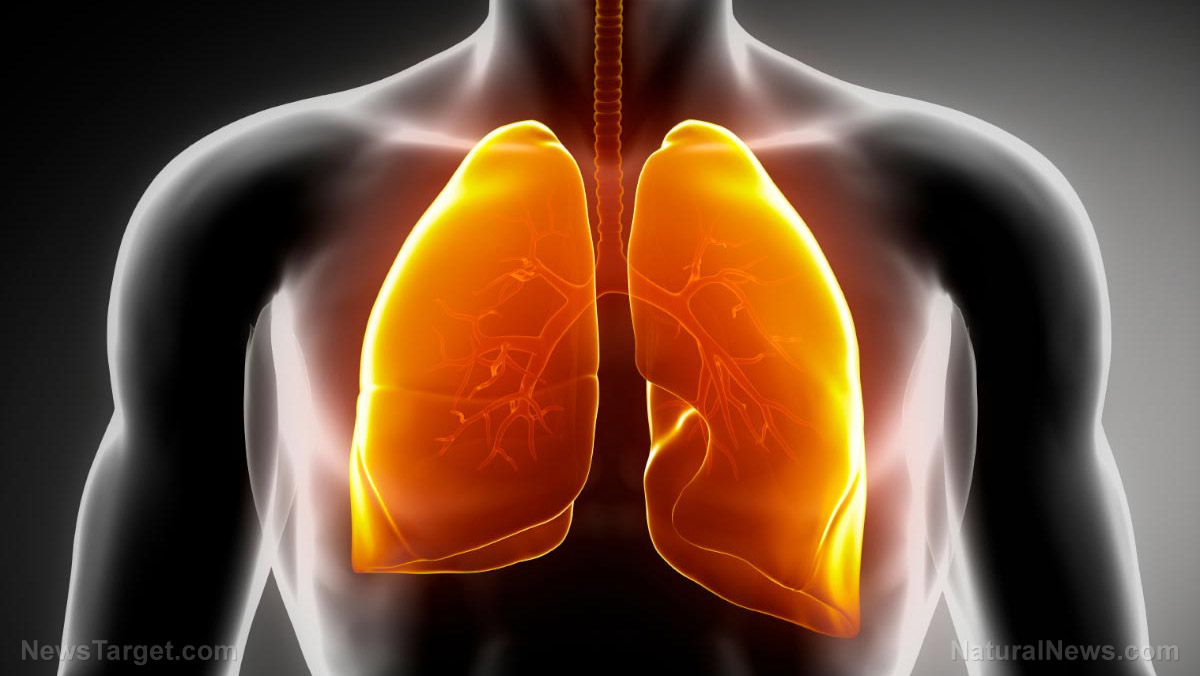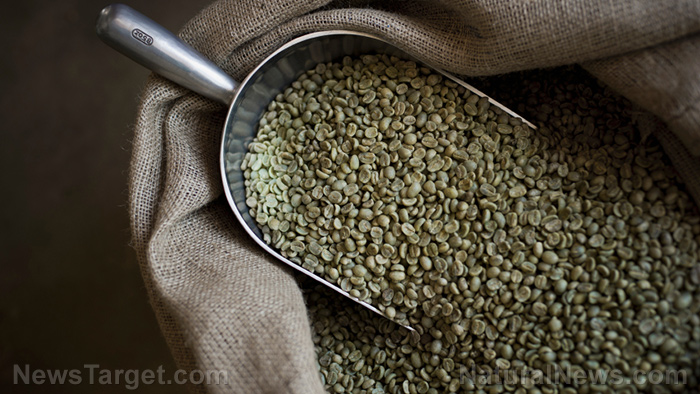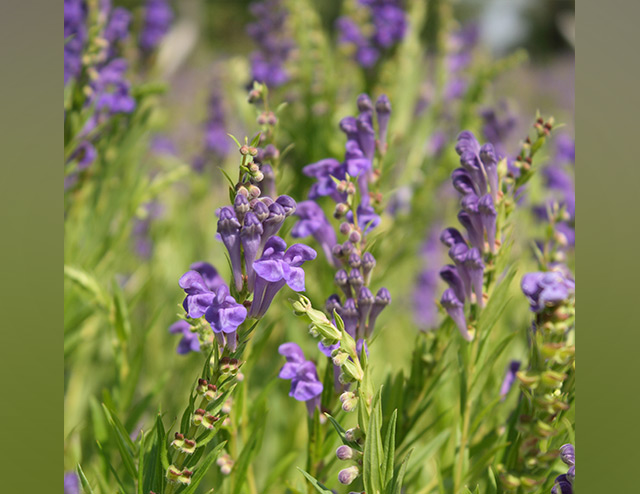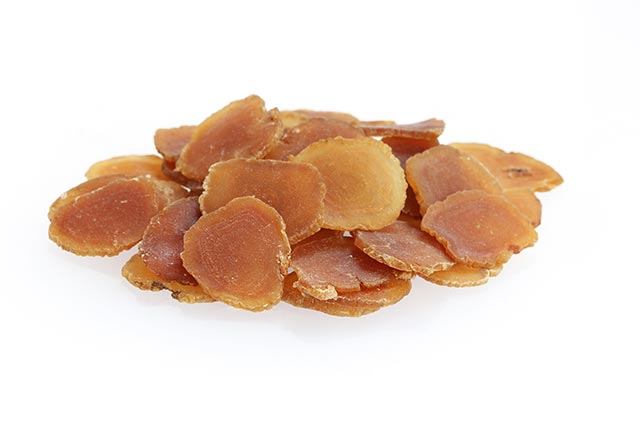Can we use TCM to treat COPD?
08/28/2019 / By Janine Acero

The habit of smoking primarily affects a person’s respiratory system and, over time, impairs their breathing. One of the many diseases caused by smoking is chronic obstructive pulmonary disease (COPD) – an inflammatory lung disease that obstructs the flow of air to the lungs. People with COPD have a high risk of developing other chronic diseases, such as heart disease and lung cancer.
Traditional healers have used herbal medicines since ancient times to address many health concerns, including COPD, and scientific studies have documented their efficacy. A nationwide population-based cross-sectional study conducted by researchers from Chang Gung University in Taiwan looked at the frequency of prescription and usage of Chinese herbal products (CHPs) as therapeutic agents for COPD. Their findings were published in The American Journal of Chinese Medicine.
The study involved 19,142 COPD patients in Taiwan who were selected from a random sample of one million individuals registered in the Longitudinal Health Insurance Database 2000 of the National Health Insurance Research Database (NHIRD). The researchers used multiple logistic regression analysis to evaluate the adjusted odds ratios for the utilization of CHPs.
Based on their computations, the researchers reported the following:
- There was an average of 6.31 CHPs used in a single prescription for COPD patients.
- The most frequently prescribed CHP was Xiao-Qing-Long-Tang (XQLT) (2.6 percent).
- The most commonly used combination of two-formula CHPs was XQLT with Ma-Xing-Gan-Shi-Tang (MXGST) (1.28 percent).
- The most commonly used single-CHP was Bulbus Fritillariae (3.65 percent) or the bulb of the Himalayan fritilliary lily.
- The most commonly used combination of two single-CHPs was Bulbus Fritillariae with Puerariae Lobatae (1.09 percent).

|
Discover how to prevent and reverse heart disease (and other cardio related events) with this free ebook: Written by popular Natural News writer Vicki Batt, this book includes everything you need to know about preventing heart disease, reversing hypertension, and nurturing your cardiac health without medication. Learn More. |
The researchers also found that TCM usage was more prevalent among men who were younger, manual workers, residents of Northern Taiwan and patients with chronic bronchitis and asthma.
The researchers concluded that these results provide information regarding personalized therapies and may promote further research on the efficacy of CHPs in managing COPD.
Natural solutions for COPD
Quitting smoking is one of the best ways to reduce, if not reverse, the severity of COPD. Admittedly, it is not an easy thing to do once you’ve had this habit for a long time. Nevertheless, here are some natural solutions that could help treat COPD.
- Herbal medicine – As mentioned above, herbal remedies have been used for a long time in the treatment of COPD and other illnesses. Useful herbs and their benefits include:
- Eucalyptus: Reduces congestion and expels phlegm.
- Ginger: Loosens mucus, improves lung circulation and reduces inflammation.
- Oregano: Contains carvacrol and rosmarinic acid, which are natural antihistamines and decongestants.
- Peppermint: Contains menthol, which soothes respiratory muscles.
- Turmeric: Its main compound curcumin has potent anti-inflammatory and antioxidant effects.
- Vitamins – These essential nutrients can help COPD patients manage their symptoms, calm inflammation and prevent severe damage:
- Vitamin D: Vitamin D deficiency has been linked to many health problems. Sunlight remains the best source of vitamin D, but you can also obtain it from foods like egg yolks, yogurt, milk and cheese.
- Vitamin C: Boost your immune system with vitamin C by eating more citrus fruits like oranges, dark leafy greens like kale, broccoli, berries and tomatoes.
- Vitamin A: Vitamin A also supports the health of your immune system. For your daily dose of vitamin A, eat more salmon and other fatty fish, dairy, mangoes, cantaloupe, broccoli and other leafy greens, carrots and squash.
- Vitamin E: Protect your cells from damage with vitamin E, which can be found in foods like cereals, meat, poultry, eggs, fruits and vegetables, and vegetable oils.
- Breathing exercises – Certain breathing exercises can help COPD patients reduce breathlessness, improve energy levels, and calm the nerves at the onset of symptoms. Consult a physician first before trying any one of these:
- Belly breathing — Also called diaphragmatic breathing, this technique helps COPD patients retrain their diaphragm to work better so they can breathe more efficiently.
- Coordinated breathing – This method prevents COPD patients from holding their breath due to anxiety. It can also help control breathing during exercise.
- Deep breathing – This technique helps prevent air from getting trapped in the lungs.
- Huff cough technique – Coughing is the body’s normal response to clear the airways, but excessive coughing is one of the symptoms of COPD. This breathing exercise can help patients cough up mucus more effectively without making them feel so tired.
- Pursed lips breathing – This technique helps COPD patients control their breathing and release air trapped in the lungs. It also promotes relaxation.
Practicing these breathing exercises (under the care and supervision of their physician) can help many COPD patients manage their symptoms so they can stay as active and mobile as possible.
Sources include:
Tagged Under: alternative medicine, Anxiety, breathing, breathing difficulties, breathing exercise, Chinese herbal products, chronic obstructive pulmonary disease, COPD, herbal medicine, Herbs, inflammation, lung disease, lung health, natural cures, natural medicine, relaxation, remedies, respiratory disease, Respiratory System, smoking, stop smoking, TCM, traditional Chinese medicine, vitamins



















